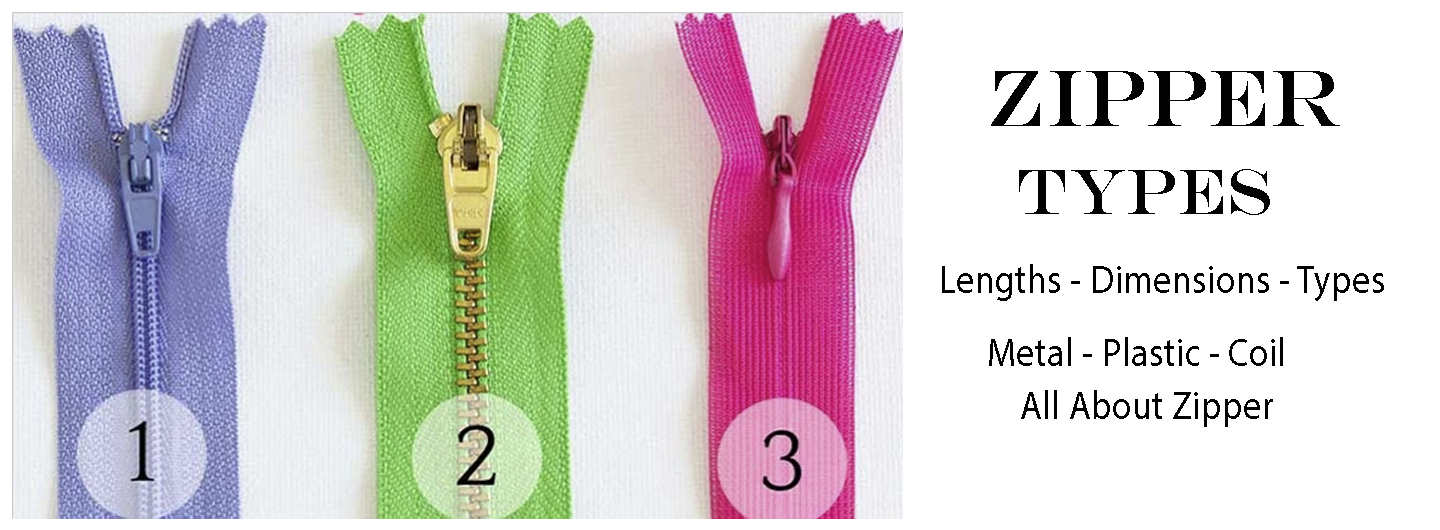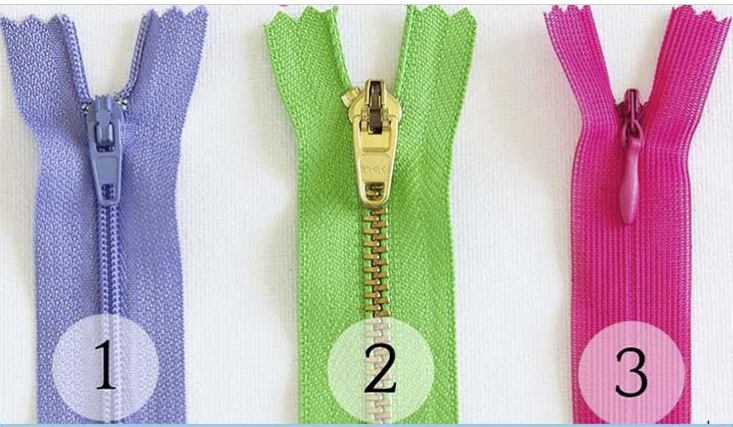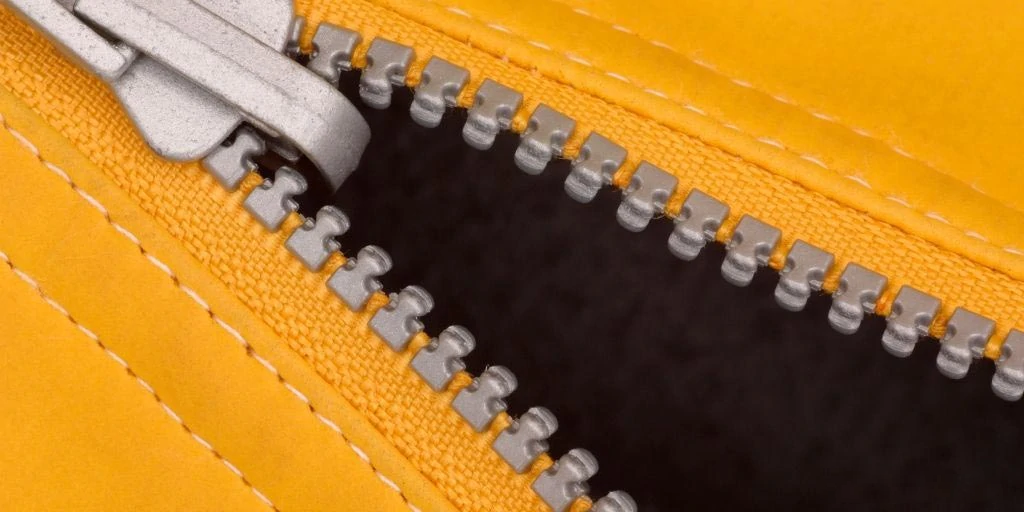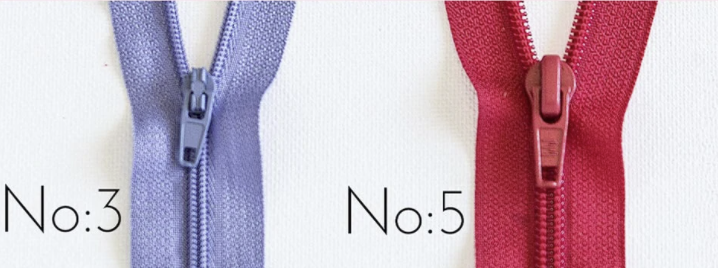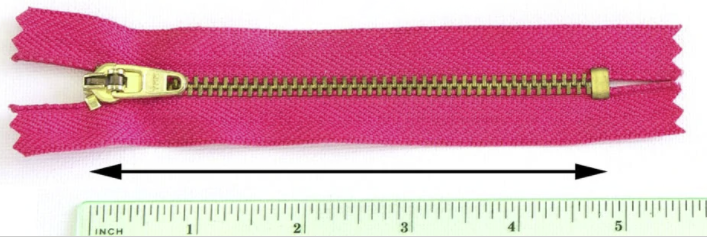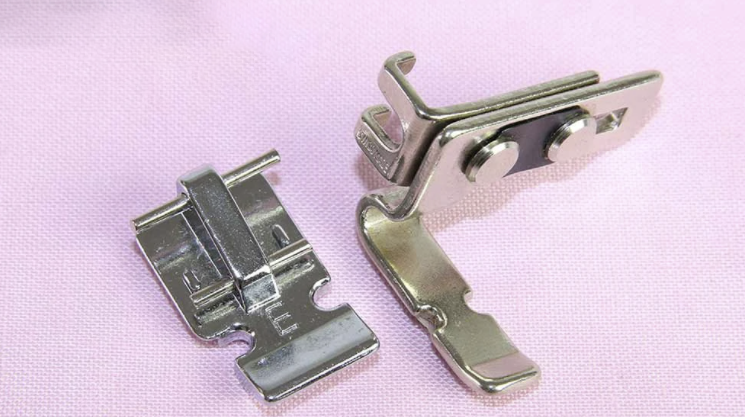Zipper Types
Discover Zipper Types
ZIPPER TYPES - TYPES, SIZES AND ZIPPER SIZE
What are the types and types of zippers? Learn all about how to measure the length of zippers . Sewing a zipper can be a little daunting as you learn to sew, but with our zipper training series you will gain confidence and skill in no time.
So, let's begin to examine in detail the types and types of zippers.
ZIPPER TYPES
Below are the 3 main types of zippers that you will use for sewing clothes, accessories and household items.
- Nylon Coil (Plastic) Zipper
- Metal Zipper
- Hidden Zipper
Zipper Types
- Nylon coil Zippers :
Nylon zippers are flexible and are the most common type of zipper used in clothing, bags and household items. They tend to be monochromatic colors with a plastic look and matching band in color. The tape is tightly woven and the cursors / zipper heads are usually small.Nylon zippers in sewing are often called plastic zippers. The stop / stopper at the end of the zipper is usually metal, but plastic ones are also available.For starters. Coil zippers are the easiest zippers to sew because of their small teeth, and there is very little metal to worry about getting hit by the needle.Nylon coil zippers are easy to shorten by cutting and sewing at the ends.
- Metal Zippers :
Metal zippers have metal teeth. The teeth of these zipper types are usually covered in different metallic colors such as brass, gold and nickel. I love the look of the shiny metal zipper with gold teeth.They are often used in bags and jeans and trendy open zippers for clothing. The advantage of using metal zippers is that they last a long time and are least likely to break apart.
It is large with the cursor used on metal zippers, a little more difficult to sew for beginners because you usually have to stop sewing, move the head, and then start over.
Metal zippers can also be shortened as needed, but take a little longer than nylon zippers and require the use of pliers.
Metal zippers have metal teeth. The teeth of these zipper types are usually covered in different metallic colors such as brass, gold and nickel. I love the look of the shiny metal zipper with gold teeth.
They are often used in bags and jeans and trendy open zippers for clothing. The advantage of using metal zippers is that they last a long time and are least likely to break apart.
It is large with the cursor used on metal zippers, a little more difficult to sew for beginners because you usually have to stop sewing, move the head, and then start over.
Metal zippers can also be shortened as needed, but take a little longer than nylon zippers and require the use of pliers.
-
Hidden / Invisible Zippers
Concealed zippers also have nylon coil teeth, but the teeth are on the back of the zipper so the outside teeth aren't visible when you sew it on your clothing.If you look at the photo above, you'll see that the invisible zipper marked with the number 3 has a distinctive long shape, solid cursor, while the ordinary nylon coil zipper has a rectangular cap with a hole in it. While there are slight variations between brands, this is pretty typical. Most types of invisible zippers have a mesh-style tape on the side that makes them flatter and less noticeable.
Dresses, skirts and trousers often use invisible zippers.
Invisible zippers can be sewn with special sewing machine feet or a regular zipper foot.
Molded Plastic Zippers
Molded zippers are made of plastic and have large interlocking teeth. They are generally used in jackets or bags.
ZIPPER TYPES - Open Ended (Separe) and Closed Ended
Zippers can be open-ended or closed-ended and can be cut to length or striped.
- Open End Zippers
Open-ended zippers are used on jackets and sweatshirts where you need to separate the ends to open your jacket. - Closed End Zippers
Closed-end zippers are used on dress skirts and cushions where the zipper is sewn to the back or side seam. - strip zippers
Closed-end nylon zippers can also be purchased in continuous rolls rather than preset sizes. This is particularly useful for large pillows, duvet covers, bed covers, bed bases or as an economical alternative for sewing clothes. On our site, we sell them by the meter or by the meter, and the titles can be included or sold separately.
Just cut the length you need and then sew from the bottom to stop it coming apart.
Heads / cursors are hand-mounted which is a bit of a hassle for me don't worry we will post an article about it soon
Purchasing the sliders/cursor separately for continuous zippers is a definite advantage, as there are so many fancy zipper cursors that you can use instead of the boring rectangular zipper heads.
ZIPPER TYPES - ZIPPER COIL NUMBERS
Zippers have different sized teeth called coils. Zipper coil width is measured at the teeth, not the fabric tape. Bigger numbers mean bigger teeth!
The most well-known zipper brands There are many types of zippers with coil numbers from 2 to 10. If you're sewing clothes or handbags, you'll usually use size 3. Handbags and clutches use 3 or 5. The larger the coil size, the wider the fabric band on both sides of the teeth and the larger the head.
Here is the comparison of coil size 3 and size 5. Note the difference in thread size, bandwidth, and head size.
HOW TO MEASURE ZIPPERS
The length of a zipper is measured from the bottom metal stop to the top stopper. In other words, you measure the length of a zipper along the teeth, NOT a strip of fabric.
Most stitch patterns don't specify the width of the zipper tape needed, but you'll notice that the larger the teeth, the wider the zipper tape.
EXTRA ZIPPER TIPS
Be careful when stepping on a zippered garment. Use a press cloth on top to protect the teeth.
If your zipper gets stuck, try rubbing your teeth with a graphite pencil.
When sewing the zipper, be careful not to sew on any of the metal stopper pieces. These can break a needle.
HOW TO SEW A ZIPPER
How you sew a zipper largely depends on the types of zippers you use. Nylon coil or plastic zippers are the easiest to sew.
Zipper Sewing Foot
Whatever type of zipper you sew, you will need a zipper foot. These special feet come with most machines and allow you to stitch on one side of the foot rather than the center like the multi-purpose foot.
Needle-stitching on one side of the foot means you can get closer to the edge of the zipper teeth, resulting in a flatter and more attractive fastening.
Zipper Foot Types
Whatever type of zipper you sew, you will need a zipper foot. These special feet come with most machines and allow you to stitch on one side of the foot rather than the center like the multi-purpose foot.
Needle-stitching on one side of the foot means you can get closer to the edge of the zipper teeth, resulting in a flatter and more attractive fastening.










